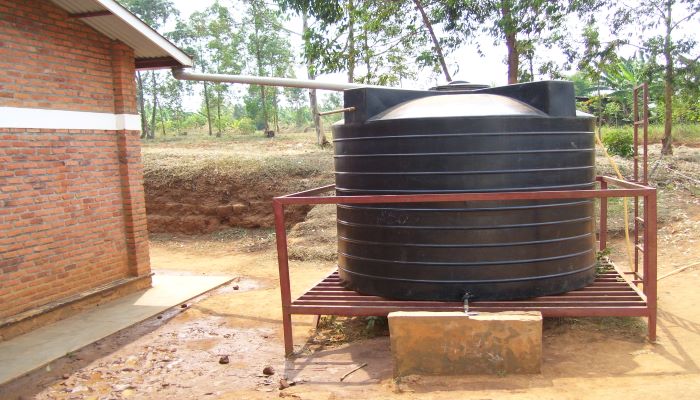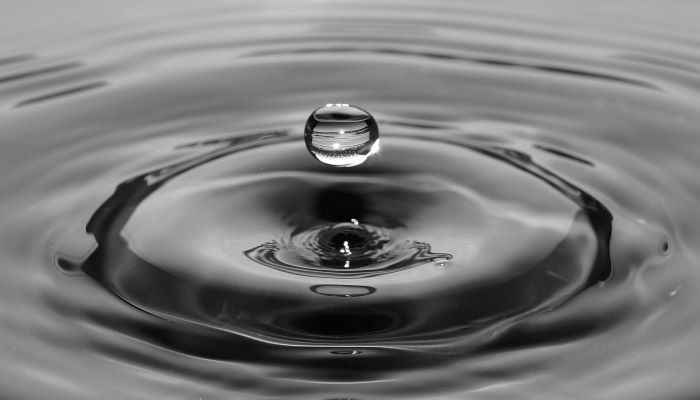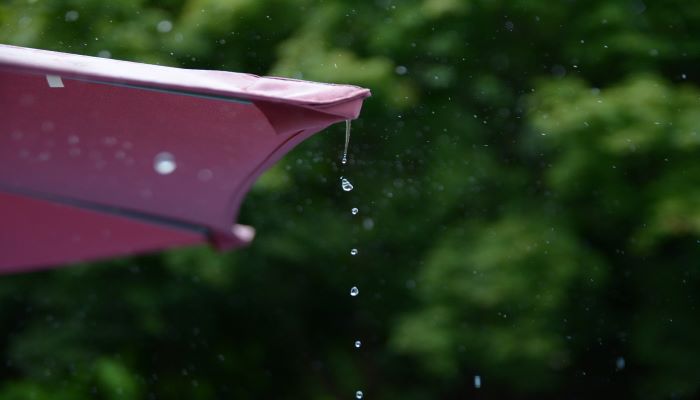After the recent order of serving half-filled glasses in UP offices, the UP govt has taken the crucial step of making rainwater harvesting mandatory in new buildings
In yet another effort to tackle the problem of depleting groundwater, the Uttar Pradesh government has made it compulsory for new residential and commercial buildings to have provisions of rainwater harvesting.
“All the buildings will be permitted in future after provisions of rainwater harvesting arrangements,” Rural Development Minister Mahendra Singh said in the assembly. He was replying to a question of Congress Lawmaker Aditi Singh on the issue, reported the PTI.
The minister highlighted that more than 20,000 ponds have been dug under MGNREGA scheme in the state. Wells are also being restored and plans are underway to plant trees on banks of rivers to retain groundwater.
Also last week, the Uttar Pradesh government issued an order to put half-filled glasses of water in the state Secretariat at capital Lucknow.
Chief Secretary Pradip Dubey said the Assembly speaker has directed to put only half-filled glasses of water so that people do not wastewater.
“It has been directed by the Assembly Speaker that initially only half-filled glasses of water will be kept in the state secretariat. It is often seen that people do not drink the entire water from the glass,” the order reads. The order also said more water will be served when an individual needs it.
In his first edition of Mann Ki Baat, Prime Minister Narendra Modi had urged people to start a mass movement to save water.
The country is indeed going through acute water crisis. Chennai, the sixth largest city, has already bore the brunt when it ran out of water for days and water had to be brought in from different states in trains.
In various parts of the country, steps have been taken to conserve water. In Punjab, drainage lines are being fixed to avoid the problem of waterlogging. In Telengana’s Thimayapalli, construction of tanks is helping villagers to have access to clean water. In Rajasthan, people have created small ponds in the farms which have brought a lot of change to the people. In Vellore, Tamil Nadu, 20,000 women joined hands to revive Naga river.
In national capital new Delhi, which is set to run out of groundwater by 2020, chief minister Arvind Kejriwal said the government will adopt a water treatment model inspired by Singapore, under which water from sewage treatment plants (STPs) treated to high-quality level will be taken to Palla and released in Yamuna channel.
“Water will then flow and travel up to Wazirabad. In the process of travel, water will further purify in a natural manner. Then it will be lifted at Wazirabad and treated further at Wazirabad WTP. “After final treatment at Wazirabad, the water will be supplied to households as potable water,” the government said in a statement.
Clearly, all states have started taking steps to conserve water and UP is not far behind. The state has realized the need to conserve water and it’s a commendable step from the Govt of UP to release the order for new buildings to mandatorily implement rainwater harvesting. Such small steps are of crucial importance in the current scenario of water crisis being faced by India and needless to say, it is these measures which will eventually solve the exacerbating situation.
-India Times



